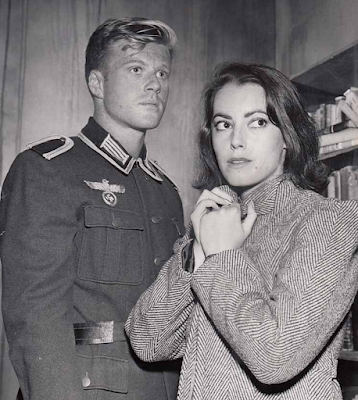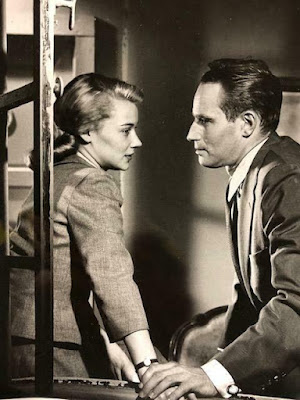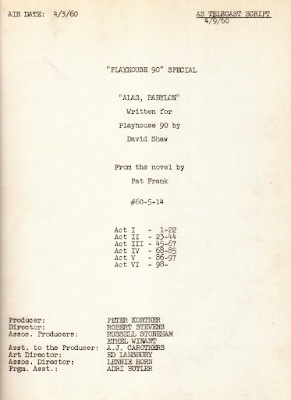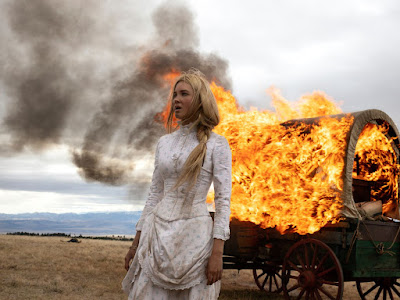Playhouse 90 was a weekly television anthology that aired over CBS from 1956 to 1960, spanning a total of 133 telecasts. Most of the episodes were produced at CBS Television City in Los Angeles, California. The series was meant to add prestige to the network, regardless of the budget. Now considered a landmark in television broadcasting, and the gold standard for "the Golden Age of Television," the series is best remembered for some of the original productions that later became long-running Broadway plays and box office sensations: Days of Wine and Roses, The Miracle Worker, Requiem for a Heavyweight and Judgment at Nuremberg to name a few. Others spawned controversy such as dramatizing mental health, racial injustice, unwed mothers, and subjects so taboo that many of the sponsors objected to the programs before they were even telecast. Yet, the series stole the majority of Emmy Awards and became the central discussion of newspaper columnists week in and week out.
Others were subject to lawsuits including "Seven Against the Wall," dramatizing the events that led up to the St. Valentines Day massacre, "A Sound of Different Drummers" which infuriated science-fiction scribe Ray Bradbury, and a sponsor request (from the American Gas Association) to bleep out the word "gas" from the episode involving the Nuremberg trials that referenced Hitler's gas chambers.
 |
| Dana Wynter in "The Wings of the Dove" |
Commentary and recollections from cast and crew over the decades, along with almost two decades of research at archival collections across the country, make up the meat and potatoes of this book. They say 90 percent of a book is the editing. The rough draft is completed and the book is now being trimmed and edited for publication. The initial draft was over 1,500 pages and at the time I write this we have the manuscript down to 800. Scans of archival materials, along with never-before-published photographs, will also be included.
 |
| Robert Redford and Susan Kohner in "In the Presence of Mine Enemies" |
 |
| Hope Lange and Charlton Heston on Playhouse 90. |
For years television historians have been asking the big question, "Why hasn't someone written a book about Playhouse 90?" The program was so monumental that is was due for an extensive treatment and both Bob Tevis and I are pleased to announce the answer to that question: "It is coming soon."










